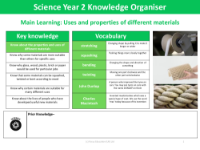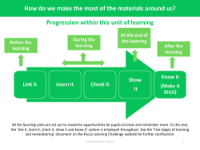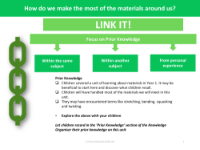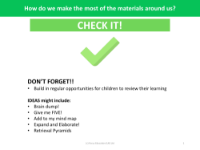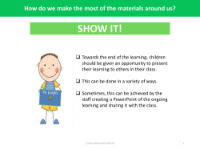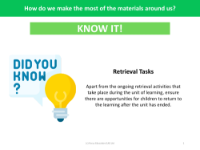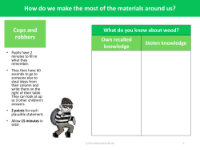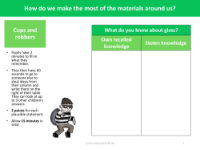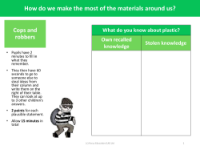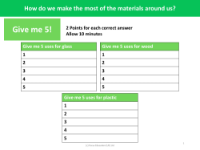Long-term overview - Materials - Year 2
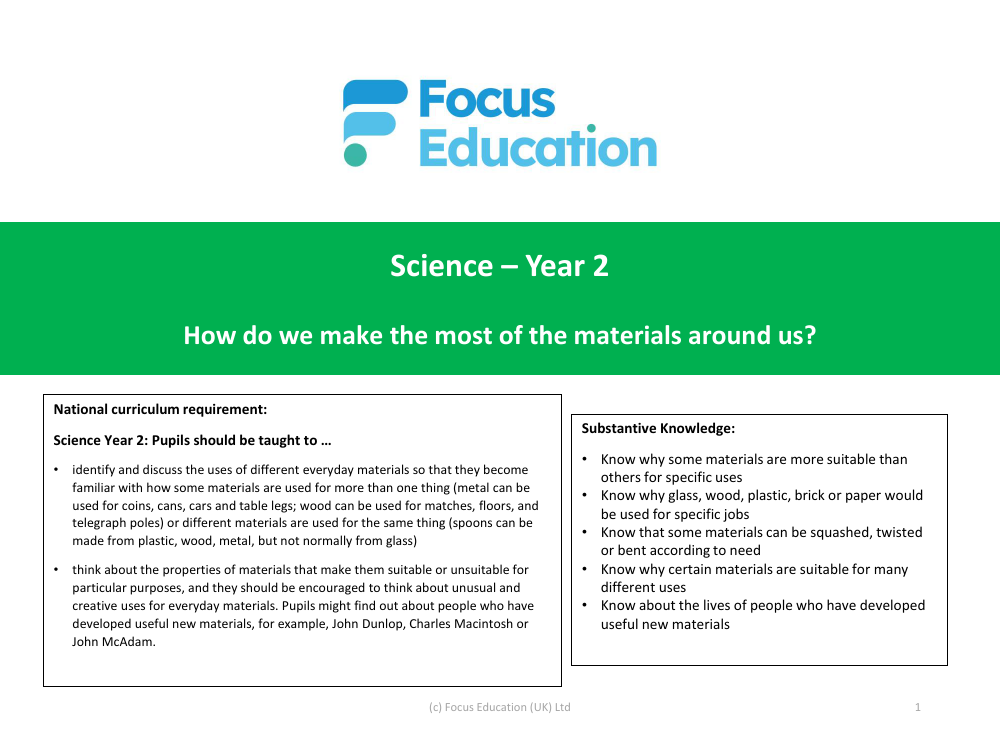
Science Resource Description
The Year 2 science curriculum is structured to enhance students' understanding of materials and their applications. Pupils are tasked with identifying and discussing the uses of various everyday materials, recognising that a single material can serve multiple purposes. For instance, metal is not only used for fabricating coins, cans, and cars but also for constructing table legs. Conversely, they also learn that the same item, such as a spoon, can be made from different materials like plastic, wood, or metal, but seldom from glass. This exploration is designed to help students become familiar with the diverse applications of materials and to encourage creative thinking about their uses.
Furthermore, the curriculum delves into the properties of materials, guiding pupils to understand why some are more suitable than others for specific tasks. They explore why materials such as glass, wood, plastic, brick, or paper are chosen for certain jobs and how properties like the ability to be squashed, twisted, or bent make materials versatile for various needs. Pupils also study the lives of innovators who have created new materials, enhancing their substantive knowledge. They engage in scientific investigations to comprehend how materials can be altered through actions like squashing, bending, twisting, and stretching, and they learn to conduct fair tests, such as comparing materials for waterproofness, and to group materials based on their properties. This unit not only builds on knowledge from Year 1 but also lays the groundwork for further study in Year 4, focusing on states of matter.
